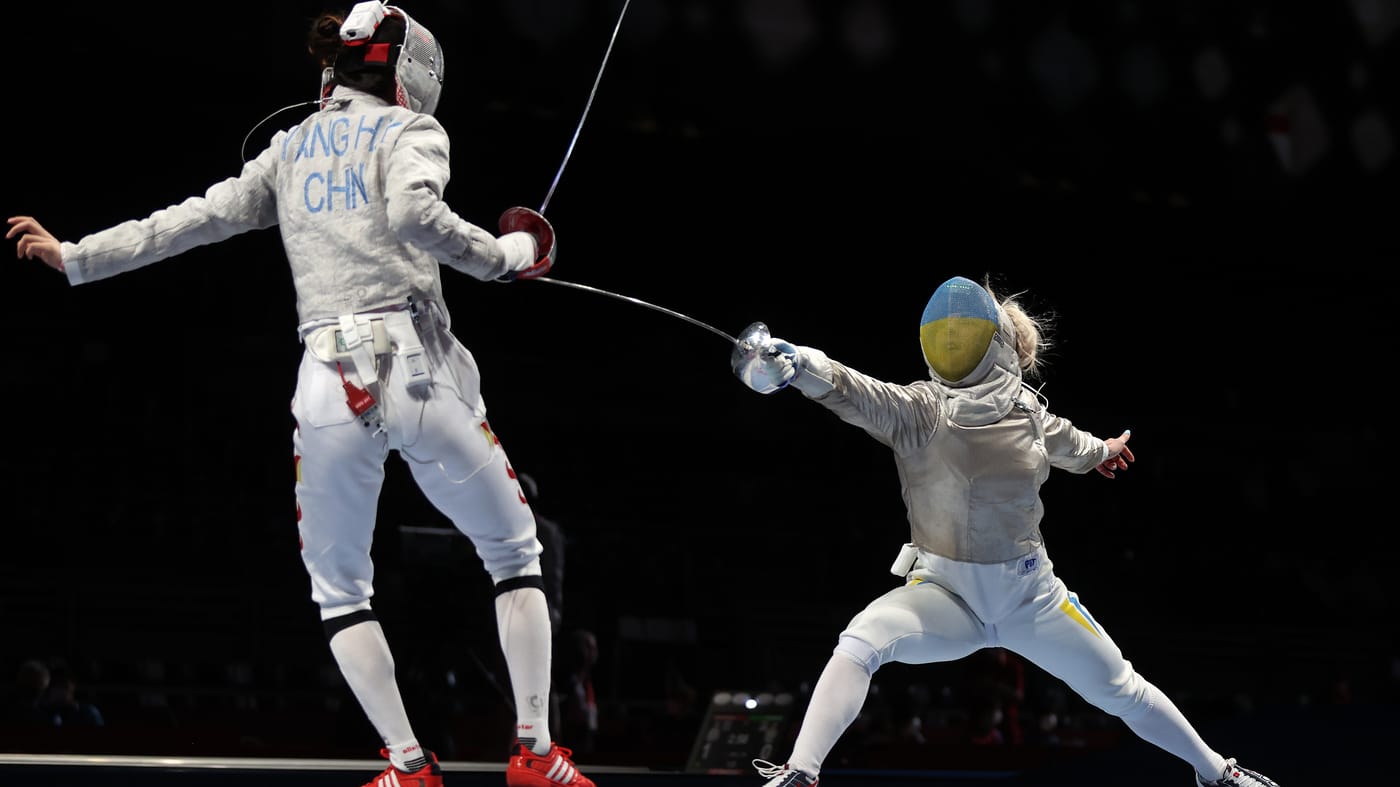The Electric Handshake: Scoring in the Lightning-Fast World of Fencing
Ever watched fencing and wondered about that wire trailing behind the fencers? It’s not a high-tech leash, but it is key to understanding how scores are registered in this lightning-fast sport. Think of it as an electric handshake – the sport’s way of confirming who hit whom. This article breaks down the “why” behind the fencer’s cord, exploring its purpose, impact on scoring, and the evolution of this essential piece of equipment.
The Need for Precision: Why Wires Replaced Referees’ Eyes
Fencing is incredibly fast. Blink, and you might miss the entire action. Before electronic scoring, judges often struggled to accurately assess the swift touches, leading to disputes and subjective calls. Imagine trying to determine whether a touch landed, or was merely a near miss, when the action occurs in a fraction of a second! This ambiguity necessitated a more objective, reliable scoring method – enter the wire. Discover how even common household items can attract unwanted pests like roaches in what are roaches attracted to.
Anatomy of the Electronic Scoring System
Several components work together to create this electronic scoring setup:
The Body Cord (The Fencer’s Lifeline): This coiled cable connects the fencer to the scoring box, transmitting data about the weapon and touches. Its coiled design allows for freedom of movement while maintaining a secure connection.
The Weapon Wire (The Messenger): This thinner wire runs from the weapon’s tip, through the guard, and connects to the body cord. It completes the circuit, confirming contact and transmitting the signal to the scoring box.
Conductive Clothing (The Electric Armor – Saber Only): In saber fencing, where the entire blade (not just the point) can score, conductive jackets, gauntlets, and masks effectively turn the upper body into a valid target area. Foil and épée fencers, with more limited target areas, don’t require this specialized attire. Learn about the intriguing diet of the granddaddy long legs by exploring what do granddaddy long legs eat.
The Scoring Box (The Judge and Jury): This is the system’s brain, receiving signals from the body and weapon wires and determining touch validity. In foil and épée, it also considers right-of-way (who initiated the attack). The scoring box is the final arbiter, making the ultimate call.
Completing the Circuit: How a Touch Becomes a Point
The system functions like a highly sensitive light switch. When the weapon makes contact with a valid target area, it completes an electrical circuit. A signal races through the weapon wire, along the body cord, and into the scoring box. The box registers the touch, illuminating a colored lamp (red or green) corresponding to the scoring fencer, accompanied by a distinct buzzing sound. A point is then awarded.
Advantages of Electronic Scoring: Precision, Fairness, and Safety
Unmatched Precision: Electronic scoring captures touches too subtle for human eyes, enabling a fairer representation of skill.
Impartial Judgment: Eliminating human bias, the system ensures objective and consistent calls, promoting a level playing field.
Enhanced Safety: With every valid touch registered electronically, there’s less incentive for risky, exaggerated movements, leading to a safer fencing environment.
Decoding the Fencing Cable: Why Fencers Are Tethered
The cable, or body cord, is more than just a wire; it’s fundamental to modern fencing. It acts as a high-speed, electronic handshake between the fencers and the scoring system, instantly transmitting touch information. This system brings objectivity to a sport where actions are often too quick for even the most discerning eye.
The system’s components include the body cord connected to the fencer’s back, the weapon cord linking to the scoring box, and in foil and saber, the lamé (a metallic vest). When the weapon touches the lamé, it closes the circuit, sending the score-registering signal.
This electronic system revolutionized fencing, replacing the subjective judgment of referees with measurable, instantly verifiable touches. This not only improved fairness but also enhanced safety by reducing the need for potentially dangerous follow-through motions. The cable symbolizes fencing’s evolution, blending tradition with technology.
The Wired Truth: Uncovering the Mystery of Fencing’s Body Cords
The body cord isn’t a restraint but a conduit for scoring precision, registering touches too fast for the human eye. It’s essential for fair play, transmitting electrical signals that illuminate the scoreboard and declare the victor.
This “electronic handshake” works by completing a circuit. When the weapon touches the valid target area, the signal travels through the concealed body cord and weapon cord to the scoring box, which registers the hit. This instant feedback benefits both competitors and spectators.
The system ensures fairness and minimizes bias, allowing focus to remain on skill and strategy. The body cord, the silent guardian of fair play, is crucial for accurate scoring in a sport where milliseconds matter.
Decoding the Yell: The Science and Strategy Behind Fencing Screams
Fencing screams are not merely expressions of excitement; they’re a fascinating mix of instinct, strategy, and tradition. In the heat of the moment, a yell can be an adrenaline-fueled release, similar to a tennis player’s grunt or a weightlifter’s roar.
Historically, in non-electric fencing, a well-timed shout could influence referee decisions. Even today, while not directly impacting the electronically registered score, a yell can have psychological effects, potentially unsettling opponents.
Several factors may contribute to these vocalizations. The yell likely serves as both an emotional outlet and a vestige of tradition. In foil and sabre, where right-of-way is crucial, it might still subtly influence referee interpretation in close calls. However, excessive screaming can be deemed unsportsmanlike conduct, and referees maintain decorum on the strip.
Some experts suggest other factors, including cultural norms and personality, may also play a role. Further research could illuminate these nuances, but it’s clear that the fencing yell is a complex interplay of physiology, strategy, and tradition, highlighting the human element within this technologically advanced sport.
- Unlocking 2-Letter Words with U: The Definitive Guide - April 4, 2025
- Unlock Words with the Letters THREE: Top Unscramble Tools 2025 - April 4, 2025
- Master Scrabble: X & Z Words for High Scores - April 4, 2025
















